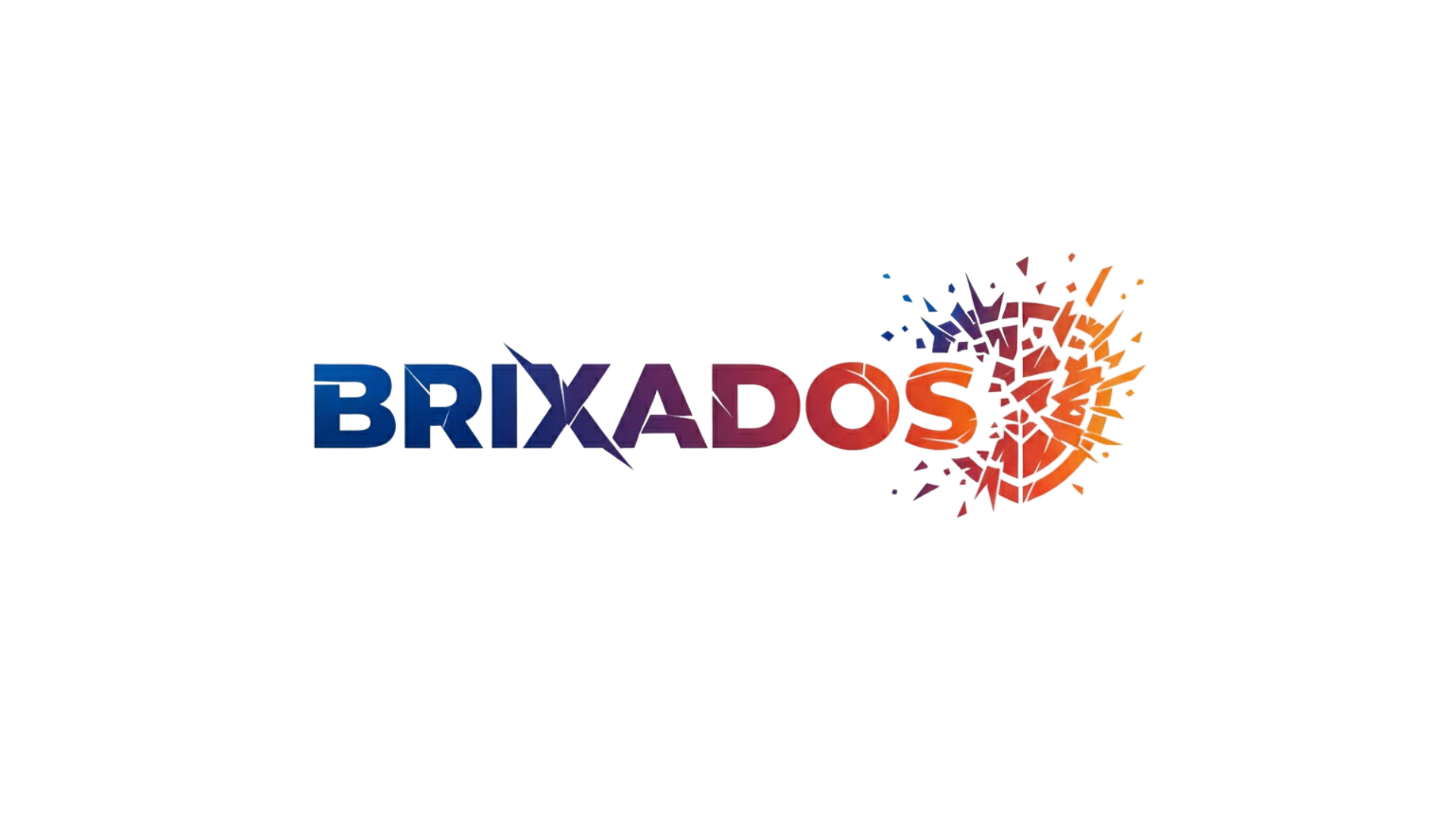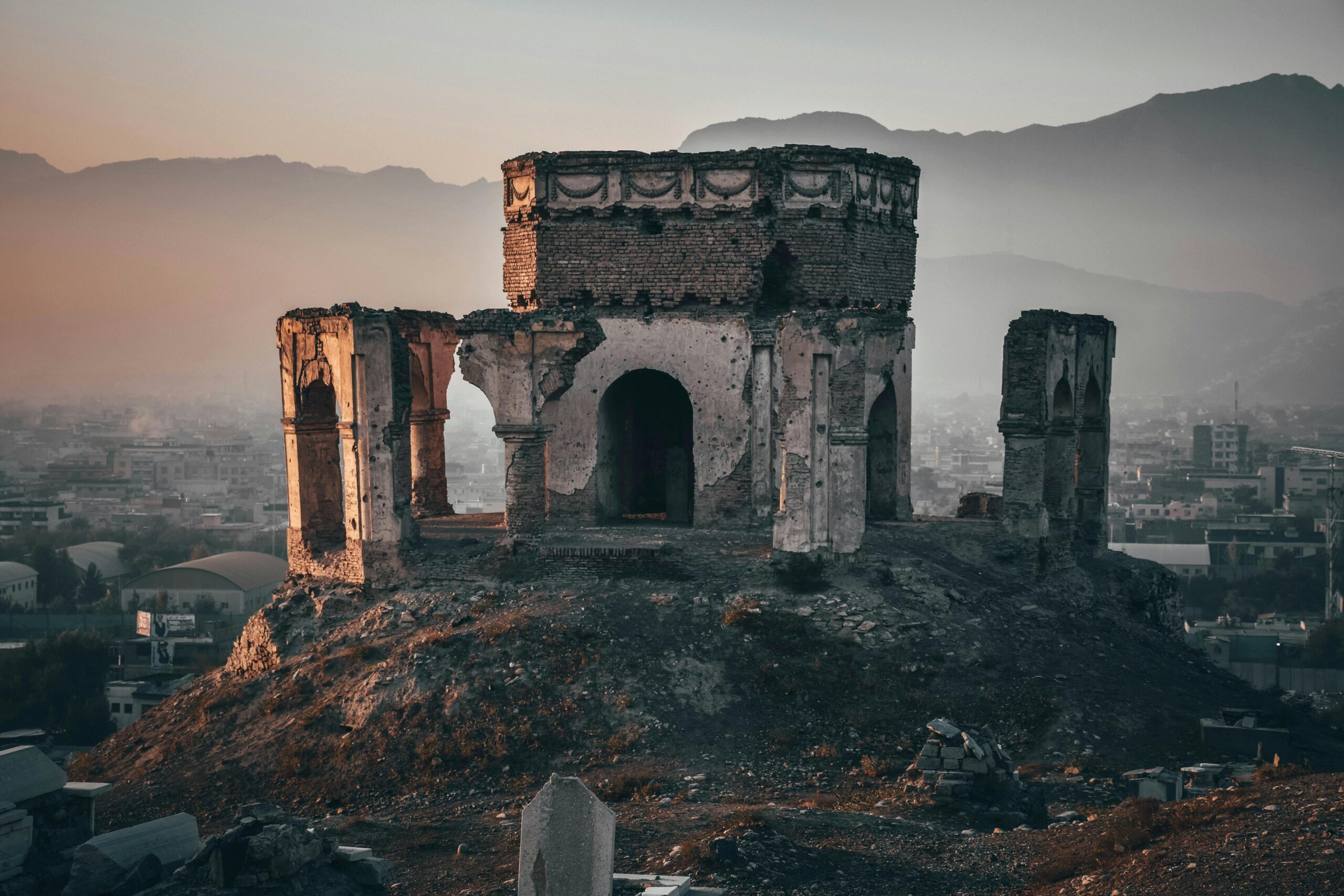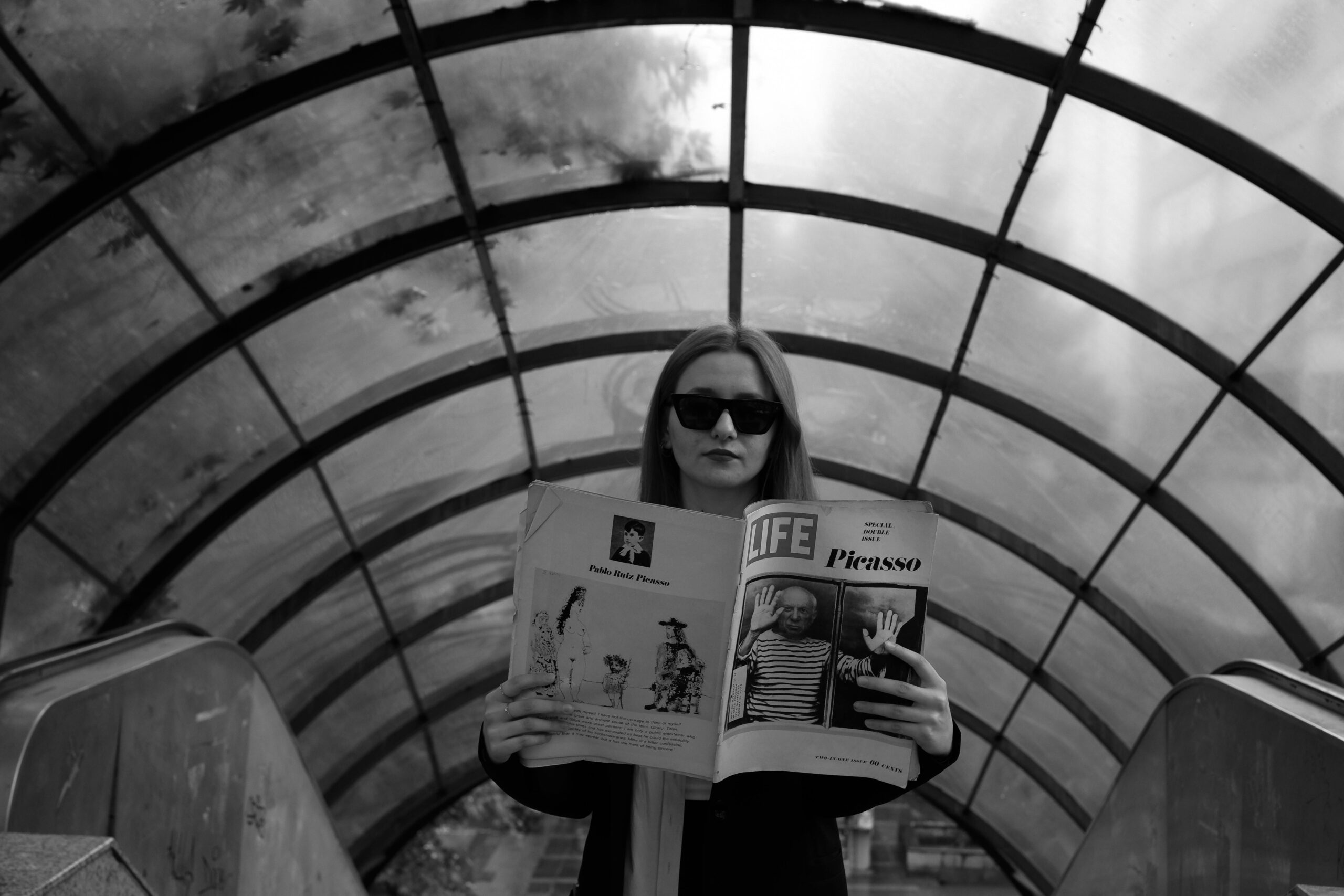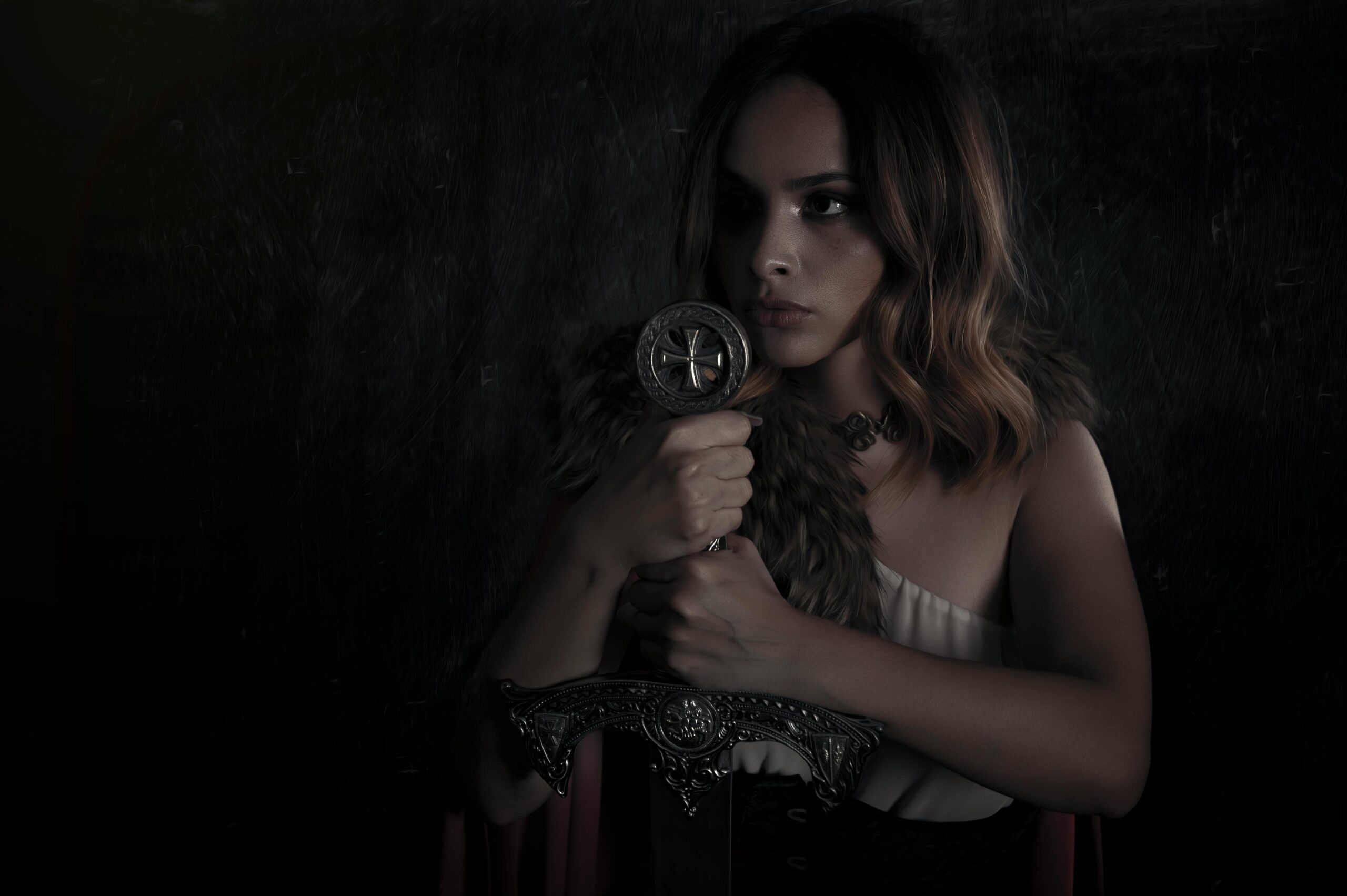Cinema has always been more than entertainment—it’s a mirror reflecting humanity’s deepest desires, fears, and truths through stories that resonate across cultures and generations.
🎬 The Universal Language of Archetypal Storytelling
When we watch a film that truly moves us, we’re experiencing something far more profound than simply observing fictional characters on screen. We’re connecting with archetypal narratives—universal story patterns that have existed since humanity first gathered around fires to share tales. These narrative frameworks form the foundation of cinema’s most powerful moments, creating bridges between the screen and our subconscious minds.
Archetypal narratives in cinema draw from the collective unconscious, a concept developed by psychologist Carl Jung. These patterns appear consistently across different cultures, time periods, and genres because they reflect fundamental human experiences. Understanding these archetypes doesn’t diminish the magic of cinema—it enhances our appreciation and deepens our emotional engagement with films.
The Hero’s Journey: Cinema’s Most Powerful Blueprint
Joseph Campbell’s monomyth, commonly known as the Hero’s Journey, represents perhaps the most recognized archetypal narrative in filmmaking. This pattern appears in countless beloved films, from “Star Wars” to “The Matrix,” from “The Lion King” to “Finding Nemo.” The structure resonates because it mirrors our own psychological development and life challenges.
The Hero’s Journey typically unfolds through distinct stages: the ordinary world, the call to adventure, refusal of the call, meeting the mentor, crossing the threshold, tests and allies, approaching the innermost cave, the ordeal, the reward, the road back, resurrection, and return with the elixir. While not every film follows this pattern exactly, understanding these stages helps us recognize why certain story beats feel satisfying and emotionally complete.
Why This Pattern Works So Effectively
The Hero’s Journey succeeds because it reflects universal human experiences of growth, transformation, and self-discovery. When Luke Skywalker leaves Tatooine or Dorothy steps into Oz, they’re not just embarking on adventures—they’re stepping into the psychological territory that every person must navigate when facing life’s challenges and transitions.
This narrative structure provides viewers with a roadmap for understanding change in their own lives. We see ourselves in these heroes, not because we’ll literally fight dragons or space villains, but because we face our own versions of these trials: overcoming fear, finding inner strength, confronting our shadows, and returning transformed.
Character Archetypes: The Faces That Populate Our Stories
Beyond narrative structure, cinema employs character archetypes—recurring personality types that fulfill specific functions within stories. These archetypes aren’t stereotypes; they’re flexible frameworks that allow for infinite variation while maintaining recognizable psychological essence.
The Hero and Their Many Faces
The Hero archetype represents the audience’s avatar within the story—the character through whom we experience the narrative journey. Heroes come in many forms: the willing hero who embraces their destiny, the reluctant hero who must be pushed into action, the everyman hero with whom average viewers identify, and the anti-hero who challenges conventional morality while still pursuing redemptive goals.
Films like “Mad Max: Fury Road” showcase the evolution of heroic archetypes, with Max himself embodying the reluctant, traumatized hero while Furiosa represents the determined warrior fighting for liberation. Their archetypal qualities make them instantly recognizable while their specific circumstances keep them fresh and engaging.
The Shadow: Confronting Our Darkness
The Shadow archetype represents the dark aspects of ourselves—the qualities we reject, suppress, or deny. In cinema, the shadow often manifests as the antagonist, but not simply as an external villain. The most compelling antagonists reflect something within the protagonist (and the audience) that must be acknowledged and integrated.
Consider how Darth Vader functions not just as Luke’s enemy but as a literal shadow—his father, representing the dark potential within himself. Or how “Black Swan” uses Nina’s doppelgänger to externalize her repressed desires and aggression. These shadow figures create psychological depth that transcends simple good-versus-evil narratives.
The Mentor, Trickster, and Supporting Cast
Other archetypal characters populate cinematic narratives with specific purposes. The Mentor (Gandalf, Mr. Miyagi, Obi-Wan Kenobi) provides wisdom and prepares the hero for their journey. The Trickster (Jack Sparrow, Loki, Beetlejuice) disrupts the status quo and forces characters to see situations differently. The Threshold Guardian tests the hero’s commitment before they can progress.
Understanding these archetypes helps us appreciate how filmmakers create ensemble casts that feel balanced and complete. Each archetype serves a psychological function, moving the protagonist (and audience) through different emotional and intellectual territory.
🎭 Genre Archetypes: How Different Stories Satisfy Different Needs
Film genres themselves represent archetypal narrative patterns that satisfy specific psychological needs. When we choose what to watch, we’re often unconsciously selecting the type of archetypal experience we need in that moment.
Romance: The Quest for Wholeness
Romantic narratives follow the archetypal pattern of seeking the “other half”—a story about psychological integration disguised as finding a partner. The best romantic films aren’t just about two people falling in love; they’re about characters becoming more complete through connection. When Harry meets Sally, when Westley pursues Buttercup, when Joel chases Clementine through his own mind, we’re witnessing the archetypal drive toward union and wholeness.
Horror: Facing the Unknown
Horror films activate the archetypal fear of the unknown—of death, transformation, loss of control, and the monstrous aspects of existence. These narratives serve a psychological function by allowing us to confront our deepest fears in a controlled environment. Whether it’s the haunted house (fear of the past), the monster (fear of the other), or the possession film (fear of losing autonomy), horror provides cathartic encounters with archetypal terrors.
Action and Adventure: Proving Our Worth
Action narratives tap into archetypal themes of testing, trial, and proving oneself worthy. These stories resonate with our need to demonstrate capability, overcome obstacles, and protect what matters. From “Raiders of the Lost Ark” to “John Wick,” action cinema provides vicarious experiences of competence, agency, and triumph over adversity.
Symbolic Imagery: The Visual Language of the Unconscious
Beyond plot and character, cinema communicates through symbolic imagery that speaks directly to our unconscious minds. Archetypal symbols appear across cultures with consistent meanings, and filmmakers use this visual language to create deeper resonance.
Water frequently represents the unconscious, transformation, or purification. Fire symbolizes passion, destruction, or renewal. Forests embody the unknown or the journey into the self. Wise filmmakers employ these symbols deliberately, creating layers of meaning that viewers feel even when they can’t articulate why certain images affect them so powerfully.
Archetypal Settings and Spaces
The locations where stories unfold carry archetypal significance. The hero often begins in a domestic space (the ordinary world), ventures into wilderness or unknown territory (the extraordinary world), and descends into underground or dark spaces (the unconscious, death, transformation) before emerging renewed.
Think about how “The Descent” uses literal underground caves to represent psychological descent into trauma and primal fear. Or how “Inception” uses architectural spaces to visualize layers of consciousness. These aren’t random choices—they’re filmmakers working with archetypal spatial symbolism that humans instinctively understand.
Cultural Variations on Universal Themes 🌍
While archetypes are universal, their expression varies across cultures, enriching cinema with diverse perspectives on shared human experiences. Asian cinema often emphasizes collective harmony and family obligation within heroic narratives, while Western films typically focus on individual achievement and rebellion against authority.
Films like “Crouching Tiger, Hidden Dragon” or “Parasite” employ archetypal narratives while infusing them with culturally specific values and aesthetics. This fusion creates cinema that feels both familiar and fresh, allowing audiences worldwide to connect with the universal while appreciating the particular.
Modern Deconstructions: Playing With Expectations
Contemporary filmmakers increasingly deconstruct archetypal narratives, subverting expectations while still relying on audiences’ familiarity with these patterns. Films like “Cabin in the Woods” explicitly dissect horror archetypes, while “Logan” reimagines the hero’s journey as a story about aging, mortality, and legacy.
These deconstructions work precisely because archetypal patterns are so deeply embedded in our storytelling consciousness. We recognize when filmmakers are playing with conventions, and this recognition creates an additional layer of engagement and meaning.
🎥 Applying Archetypal Understanding to Your Viewing Experience
Recognizing archetypal patterns doesn’t require academic analysis during every viewing. Instead, this awareness can enhance your intuitive engagement with films, helping you understand why certain stories resonate while others feel hollow or incomplete.
When a film feels satisfying, ask yourself which archetypal journey it follows. What universal human need does it address? Which character archetypes appear, and how do they interact? What symbols and images create emotional impact? This reflection deepens your appreciation and helps you articulate what makes effective storytelling work.
Choosing Films for Different Psychological Needs
Understanding archetypal narratives can guide your viewing choices based on your current psychological state. Need to feel empowered? Choose a film featuring a strong heroic journey. Processing grief or loss? Seek narratives dealing with death and transformation archetypes. Feeling disconnected? Romance or community-building stories might provide the symbolic nourishment you need.
The Future of Archetypal Storytelling in Cinema
As cinema evolves with technology and cultural changes, archetypal narratives continue adapting while maintaining their core psychological functions. Streaming platforms create space for more diverse archetypal expressions, while international co-productions blend archetypal traditions from different cultures.
Virtual reality and interactive narratives may soon allow viewers to literally step into archetypal journeys, experiencing the hero’s path or shadow confrontation from within rather than as external observers. Yet regardless of format, these fundamental patterns will likely persist because they’re rooted in human psychology rather than any specific medium.
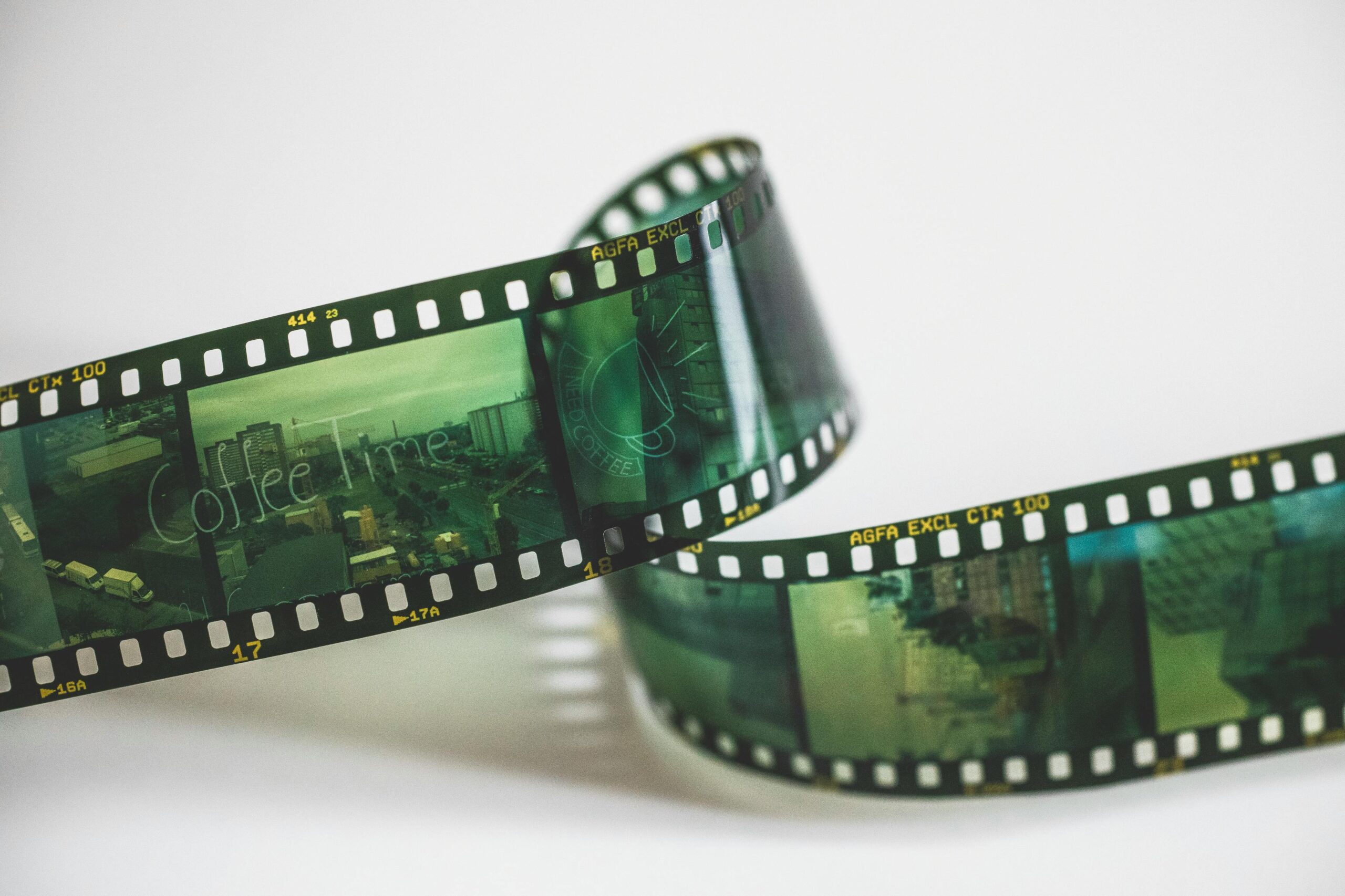
The Alchemy of Recognition and Discovery ✨
The magic of archetypal narratives in cinema lies in their dual nature—they’re simultaneously familiar and fresh, expected and surprising. When we watch films, we’re engaging in an ancient human practice: sharing stories that help us understand ourselves and our world. The archetypal patterns that appear across cinema aren’t formulaic restrictions but rather deep structures that enable infinite creative variation.
By recognizing these patterns, we don’t diminish cinema’s power—we enhance our ability to receive what films offer. We become more conscious participants in the storytelling exchange, better equipped to appreciate both the universal and the unique in every film we watch.
The next time you find yourself moved by a film, consider the archetypal currents flowing beneath its surface. What ancient pattern is being enacted? Which aspects of the human condition are being explored? How does this particular telling add something new to an eternal story? These questions open doors to deeper connection—not just with films, but with the shared human experience that cinema illuminates so brilliantly.
Cinema remains one of our most powerful tools for exploring what it means to be human. Through archetypal narratives, filmmakers worldwide continue the timeless work of storytelling: helping us see ourselves, confront our shadows, imagine transformation, and ultimately, connect with something larger than our individual experience. In this sense, every screening is an opportunity—not just for entertainment, but for psychological integration and growth.
Toni Santos is a myth-psychology researcher and narrative writer exploring how archetypes, symbols and human story converge to shape mind, culture and meaning. Through his studies on the collective unconscious, comparative mythology and symbolic dream interpretation, Toni examines how the myths we tell reflect the patterns we live — and how awareness of these patterns can spark transformation. Passionate about hero’s journeys, mythic motifs and dream-language, Toni focuses on how story acts as both mirror and map for inner depth and growth. His work highlights the bridges between myth, psyche and culture — guiding readers toward a deeper encounter with themselves and the stories they carry. Blending psychology, mythology and narrative theory, Toni writes about the hidden architecture of meaning — helping readers understand how symbols, stories and dreams shape experience and identity. His work is a tribute to: The power of myth to reveal the unseen structures of psyche The journey from archetype to individual lived story The art of dream-language as a path to wholeness Whether you are a storyteller, psychologist or traveller in the inner landscape, Toni Santos invites you to explore the mythic dimension of mind — one symbol, one myth, one insight at a time.
